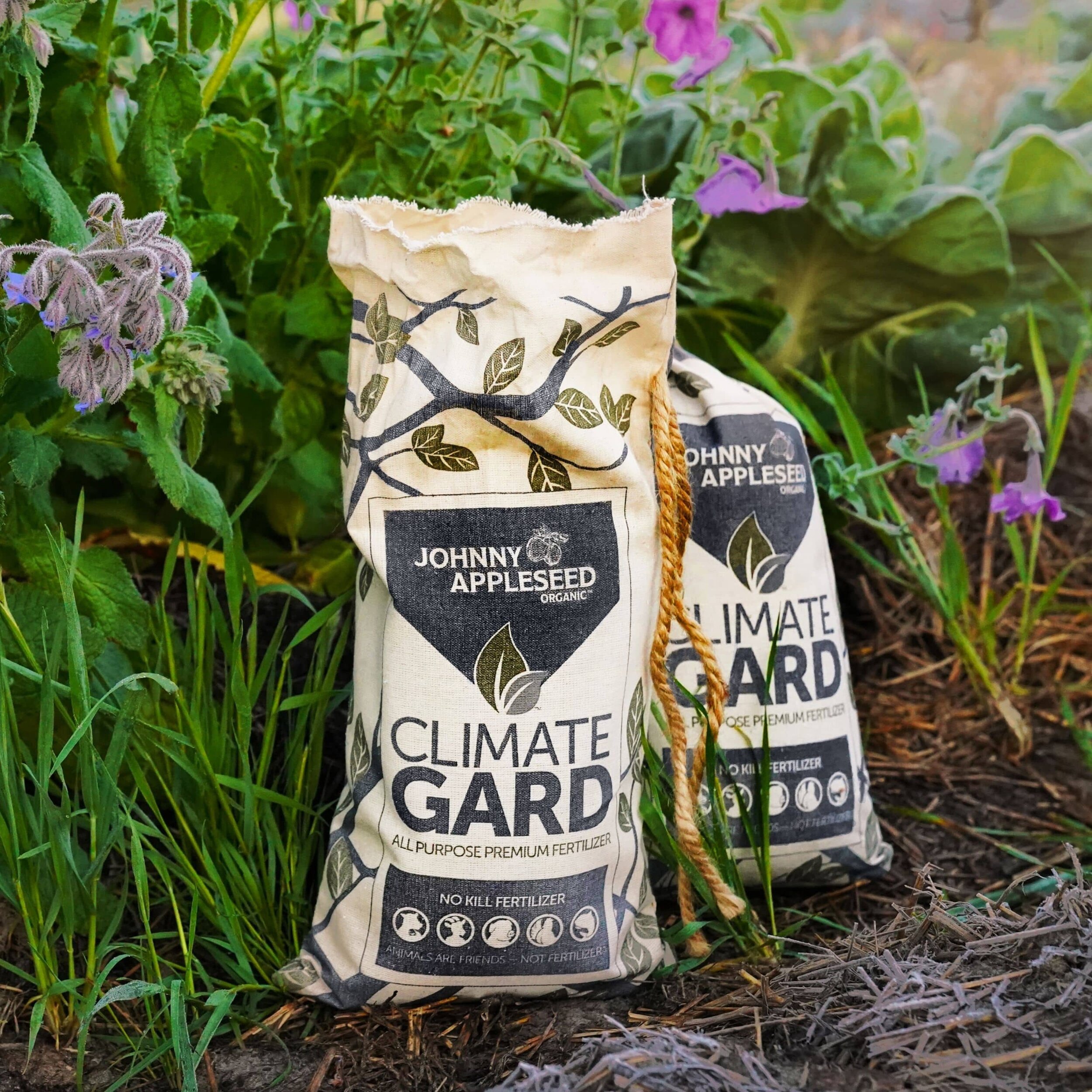Beyond NPK: How Minerals and Secondary Micronutrients Support Plant Health
By Julian Smith PhD
If you know anything about the active ingredients in most fertilizers, you know nitrogen, phosphorus and potassium are critical to stimulating plant growth. Collectively referred to as NPK, this trio are universally regarded as the indisputable bedrock of any fertility program.
What you may not know is that there are a host of other minerals and elements that play equally crucial roles in sustaining healthy fruit and vegetable crops.
In order to understand what those are and how they work, it’s important to first understand the mechanisms by which NPK leads to improved plant growth.
How Nitrogen, Phosphorus and Potassium Work
Nitrogen is a fundamental component of amino acids, which are themselves the building blocks of the proteins that are essential to all life on earth. It’s also a major component of chlorophyll, the compound by which plants use sunlight energy to produce sugars from water and carbon dioxide (photosynthesis).
Phosphorus aids in these photosynthetic processes, but it doesn’t stop there. It’s also responsible for energy transfer, the transformation of sugars and starches and nutrient movement within the plant. It also plays a critical role in the transfer of genetic characteristics from one generation of plants to the next.
Finally, potassium regulates the movement of water, nutrients and carbohydrates in plant tissue. It's involved with enzyme activation within the plant, which affects protein, starch and adenosine triphosphate (ATP) production — which, itself, regulates the rate of photosynthesis.
Given the versatility described above, it’s easy to understand how NPK became recognized as the foundation of fertility. But stimulating growth is only part of the story. Once you’ve told an organism to grow, you must also give it the raw materials to do so in a healthy and sustainable way, which is where secondary nutrients come into play.
Secondary Nutrients Crucial to Plant Growth
They may not enjoy the prestige of NPK, but calcium, magnesium and iron play central roles in the healthy development of fruits and vegetables.
In fact, calcium is the most commonly-found element in healthy plants, forming the basis of each individual cell wall. It’s also the basis of a messenger protein called calmodulin, which helps direct cellular repair when a plant’s been damaged.
Meanwhile, magnesium can be found at the center of the chlorophyll molecule, and in its absence, plants can’t effectively photosynthesize.
Finally, iron regulates the efficiency of photosynthesis and energy transfer. This is because it readily switches between ferrous and ferric states — a phenomenon involving an electron transfer, which helps facilitate the energy required for the production of sugars and starches.
Amending Soil with Secondary Nutrients
Although these secondary nutrients are sometimes found in native soil, their mere presence does not guarantee their availability to plants. There are a number of states in which these molecules bind to other substances, reducing or eliminating plants’ capacity to absorb them.
Amending the soil with bioavailable forms of these substances in crucial to long term crop health. Unfortunately, few commercial fertilizers offer them in meaningful quantities, opting instead for a basic NPK package made with materials that are either synthetic, extracted from the atmosphere or mined and chemically treated.
As you probably already know, these conventional NPK packages have a host of well-documented negative side effects, which is why most organic fertilizers source their NPK from ground up animal parts. You may have to read labels closely to find it, but once you know what to look for, it will not be hard to spot blood meal, bone meal, feather meal or fish emulsion listed on the packaging of most major organic fertilizers.
Aside from the ethical dilemma presented by the inclusion of these materials (many organic growers are also vegan, or at the very least, advocates for the human treatment of animals), these sources also tend to lack the secondary nutrients that we now know are so critical to long term plant health.
In this sense, animal manures are a preferable source of nutrients, because they tend to contain a broader spectrum of the elements outlined above, leading to better plant growth, water utilization, nutrient utilization and carbon sequestration.
Of course, the plants don’t care whether the nutrients they’re using came from — but people often do, so it’s worthwhile to educate yourself about the options available, and choose one which aligns with your beliefs and priorities.
A native of Sheffield, England, and a naturalized U.S. citizen, Dr. J. Julian Smith holds a Small Grains Pathology and Physiology Ph.D. from the University of Stirling, and an Agricultural Botany B.Sc. from the University of Leeds. He is the founder and President of CZO Agronomics, a global consulting group devoted to technical advisory and end-to-end project management services in agribusiness and horticulture.
Looking for a manure based fertilizer?
Meet ClimateGard™ — Your New Sustainable Fertilizer
Sign up for Newsletter
Follow Us on Social
Cutting-edge microbiology
No kill formula
Superior plant nutrition derived from the most ethical, sustainable sources available.
Produces the same results as conventional fertilizers without the negative environmental impacts.
Each ClimateGard pellet is infused with micronutrients, silicon, humic acid and a high-performance blend of living bacteria and fungi.
Delivered in an environmentally friendly organic cotton bag with a compostable inner liner.
Will continue to enrich your soil long after application.
$39.95 for 7.5 pound bag | $69.95 for 15 pound bag.



